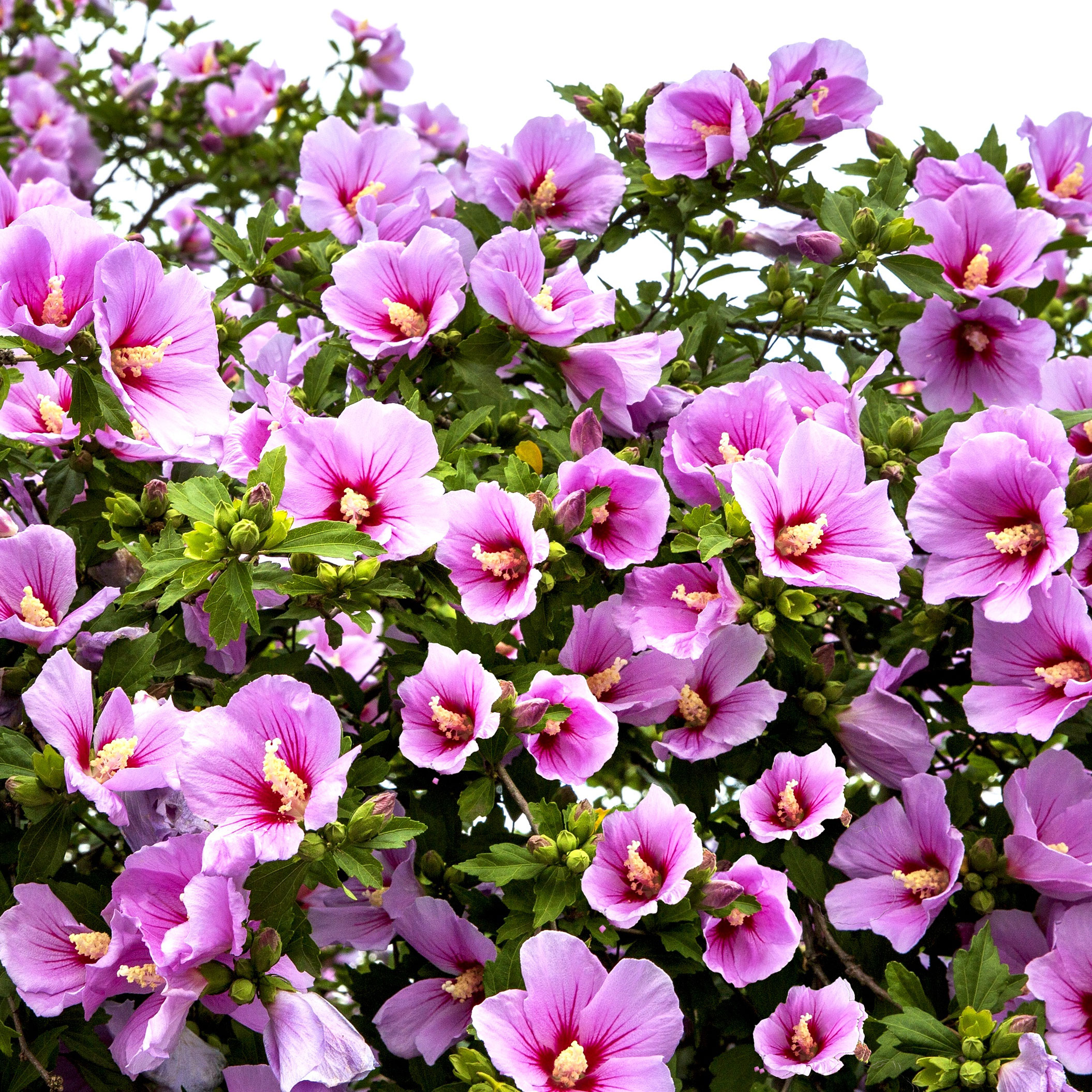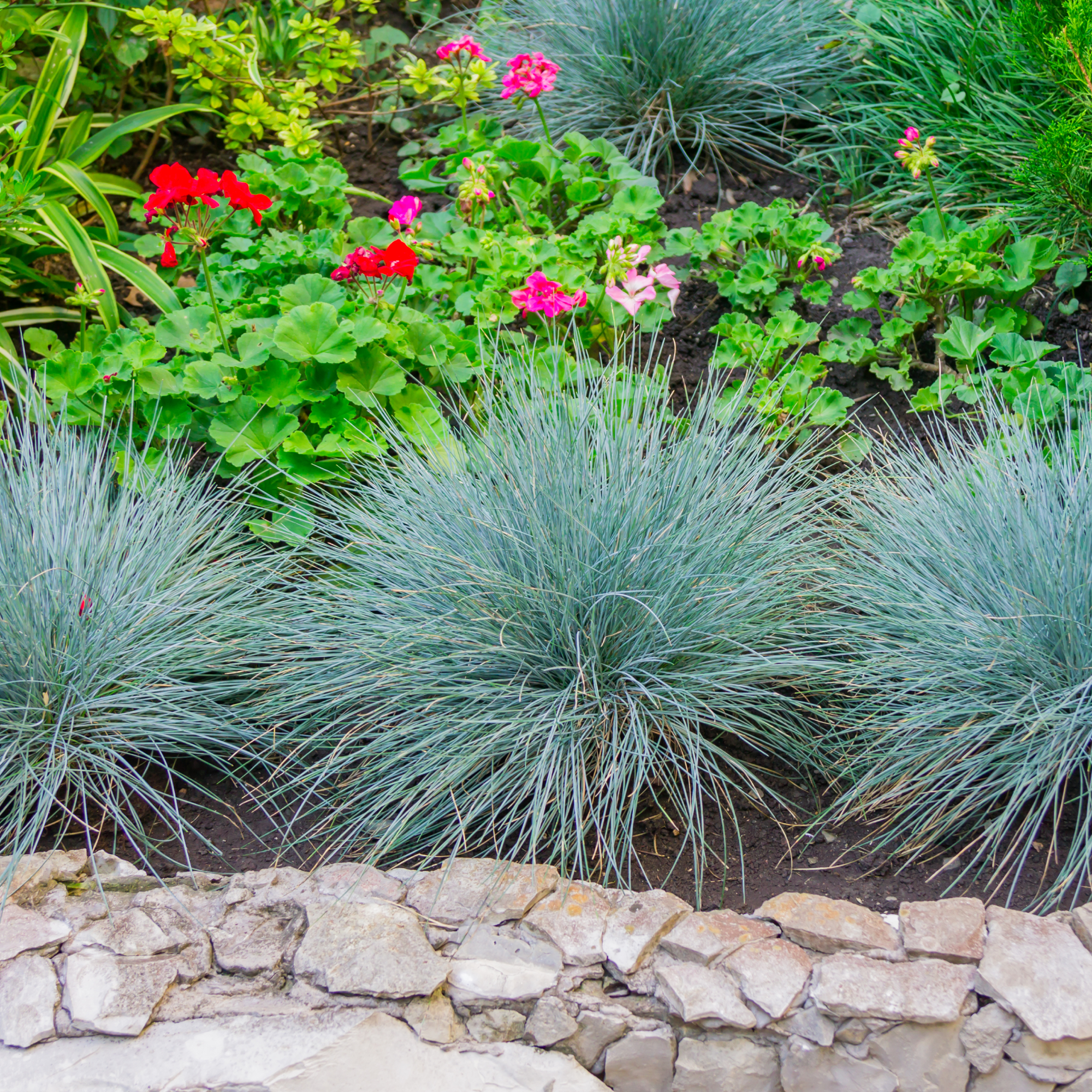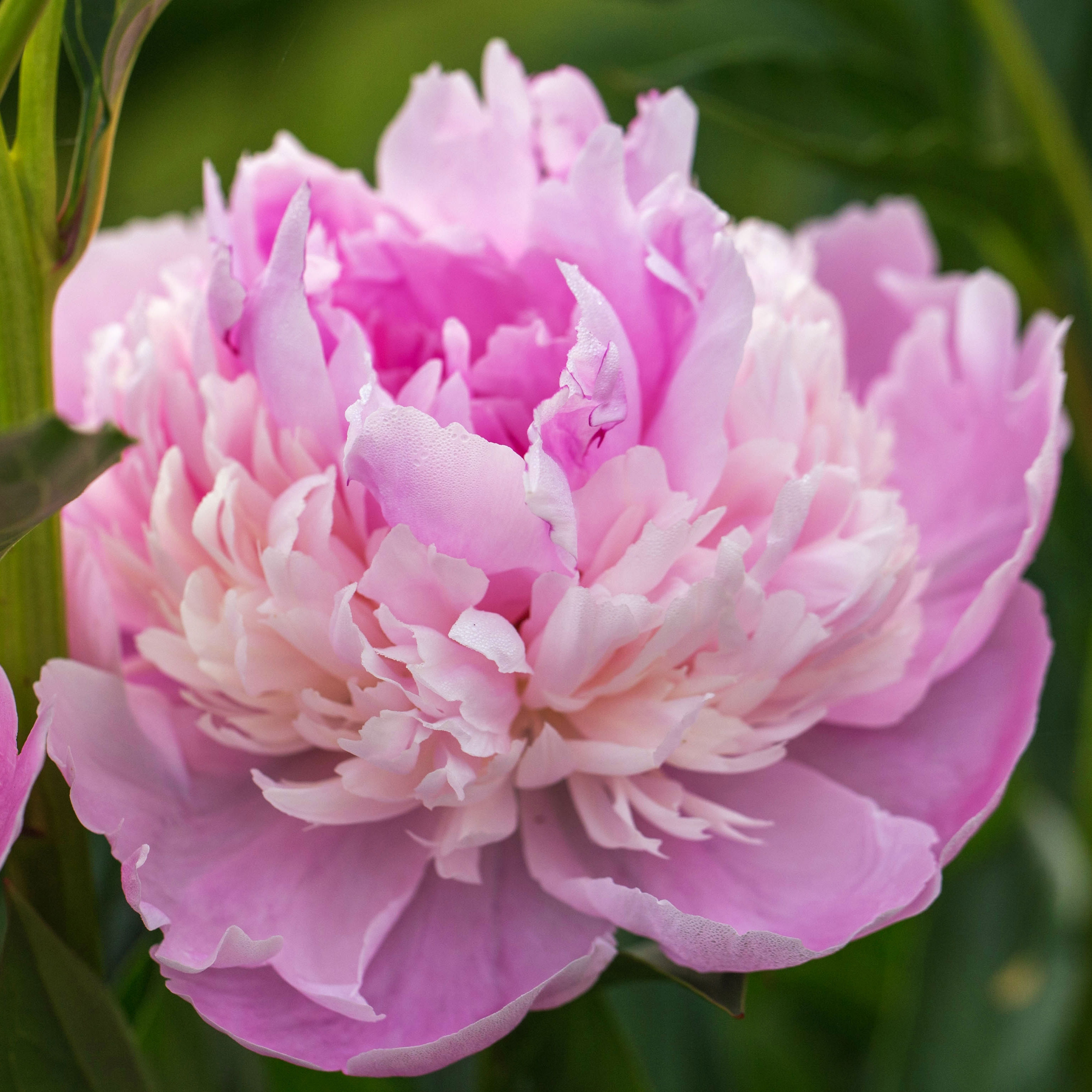Growing Ferns As Houseplants: 9 Types Of Ferns To Grow Indoors

Amy Draiss
Fern houseplants lend a lush, tropical feel to an indoor space. They set off flowering plants nicely, add texture, and have interesting foliage. Here are some beautiful varieties well-suited to indoor growing.
How to Grow Ferns Indoors
Before choosing among the many types of ferns for your next houseplant, it’s important to understand what they need to thrive inside. Most ferns grown as houseplants come from the tropics, so they like indirect light, warmth, and humidity.
All ferns should grow in containers with good drainage. When watering a fern indoors, know the variety’s specific needs. Most ferns like moist soil, but some, like the Boston fern, do best when the top of the soil just dries out before the next watering.
Tropical ferns need humidity, which can be a problem inside in the winter. Use a mister or a pebble tray to create a more humid environment around your ferns. Ferns don’t need full sunlight, so place your plants near a north or east window.
Top Fern Houseplant Varieties
These are some types of ferns ideal for growing indoors:
- Boston. Boston fern is a classic houseplant with pretty feathered fronds. You can find several cultivars that vary in size, have more interesting textures, and that are either upright or trailing.
- Bird’s nest. This unique fern grows reliably indoors. Bird’s nest fern doesn’t have the feathery fronds of most ferns. The fronds are long, wide, and have wavy edges.
- Rabbit’s foot. The fuzzy, brown rhizomes give rabbit’s foot fern its name. They grow over the edge of the container and the fronds are delicate and lacy. To get the best view of both, use a hanging container.
- Mother. Share this one with friends. The name mother fern comes from the fact that it grows small “babies” on the larger fronds. You can pick them to propagate a new plant.
- Staghorn. This unique fern is an epiphyte, so it requires an appropriate medium, like a mixture of peat and sphagnum moss. Staghorn fern requires a lot of humidity, but with the right conditions will grow slowly into a large plant. This is advanced-level fern growing, so you may want to try easier types first.
- Cretan brake. Place this fern in a warm spot, near a radiator, for instance. It also needs a lot of humidity. Cretan brake fern will reward you with pretty, variegated fronds.
- Button. Choose a button fern for small spaces. It only grows about 12 to 18 inches (31-46 cm.) and has round, button-like leaves.
- Holly. The holly fern may not be easy to find, but it is unique among ferns for preferring drier, cooler conditions. This makes it an ideal houseplant if you can get it.
- Asparagus. While not a true fern, asparagus fern does resemble one with its feathery leaves. If you have a bright, sunny window, asparagus fern will take it.
Gardening tips, videos, info and more delivered right to your inbox!
Sign up for the Gardening Know How newsletter today and receive a free copy of our e-book "How to Grow Delicious Tomatoes".

Mary Ellen Ellis has been gardening for over 20 years. With degrees in Chemistry and Biology, Mary Ellen's specialties are flowers, native plants, and herbs.
- Amy DraissDigital Community Manager
-
 Go Big With Containers In Small Spaces! 5 Easy Hacks For Big Garden Pots In Small Gardens
Go Big With Containers In Small Spaces! 5 Easy Hacks For Big Garden Pots In Small GardensThe temptation with small gardens and patios is to make containers and planting ideas small – but we say go big! Try these practical hacks for beautiful big garden pots in small gardens
-
 Not Sure What To Do With Cicada Shells Left By Brood XIV? Turn Them Into An All-Natural Fertilizer To Turbocharge Plants
Not Sure What To Do With Cicada Shells Left By Brood XIV? Turn Them Into An All-Natural Fertilizer To Turbocharge PlantsWondering what to do with cicada shells left lingering around your yard and garden? Turn the creepy carcasses into a nutrient-rich fertilizer plants will love!
-
 How To Keep Dahlias Flowering For Longer – Start Now With These Pro Tips For A Bloom-Filled Summer & Fall
How To Keep Dahlias Flowering For Longer – Start Now With These Pro Tips For A Bloom-Filled Summer & FallThey are some of the most popular, diverse and dynamic summer flowers you can grow – so here’s how to keep dahlias flowering for as long as you possibly can for a joyful extended season of blooms
-
 Do Deer Eat Hydrangeas? How To Keep Beloved Shrubs Safe From Greedy Grazers
Do Deer Eat Hydrangeas? How To Keep Beloved Shrubs Safe From Greedy GrazersDo deer like hydrangeas? Everything you need to now about deer and hydrangeas, including the best types to plant if you have deer in your area.
-
 8 Flowering Shrubs That Bloom All Summer – To Vamp Up Borders & Sweeten Your Curb Appeal
8 Flowering Shrubs That Bloom All Summer – To Vamp Up Borders & Sweeten Your Curb AppealLooking for the longest blooming bushes for your borders, pathways and lawn edgings? You'll love these 8 flowering shrubs that bloom all summer long
-
 6 Blue Ornamental Grasses That Will Wow Your Neighbors And Add A Unique Touch To Your Landscape
6 Blue Ornamental Grasses That Will Wow Your Neighbors And Add A Unique Touch To Your LandscapeChoosing a blue ornamental grass can dress up borders and yards with striking color that changes with the seasons.
-
 How To Grow A Sorbet Peony For Fluffy Pink Double Blooms With Unique Frills
How To Grow A Sorbet Peony For Fluffy Pink Double Blooms With Unique FrillsFor pink peonies with a unique edge, the Sorbet peony is a super-frilly bloomer with marshmallow and cream colored petals. Here’s how to grow this dynamic cultivar
-
 Grow Vanilla Strawberry Hydrangea Shrubs: Try Vanille Fraise Hydrangeas For Sweet Blooms Every Summer
Grow Vanilla Strawberry Hydrangea Shrubs: Try Vanille Fraise Hydrangeas For Sweet Blooms Every SummerFor a dreamy shrub that brings soft color variations and long lasting visual interest, grow a Vanilla Strawberry hydrangea. Here’s how to care for Vanille Fraise shrubs
-
 Coral Sunset Peony: Your Complete Guide To This Beautiful Color-Changing Hybrid
Coral Sunset Peony: Your Complete Guide To This Beautiful Color-Changing HybridThe coral sunset peony is a gorgeous addition to any garden. This beauty has double blooms that undergo an amazing color change as they age.
-
 How To Grow Panicle Hydrangeas For Gorgeous, Low-Maintenance Blooms All Summer Long – Plus, Top Cultivars To Try
How To Grow Panicle Hydrangeas For Gorgeous, Low-Maintenance Blooms All Summer Long – Plus, Top Cultivars To TryPanicle hydrangeas are the ultimate low-maintenance shrubs! These beauties bloom all summer and all it takes is a little care. Here's how to help them thrive.